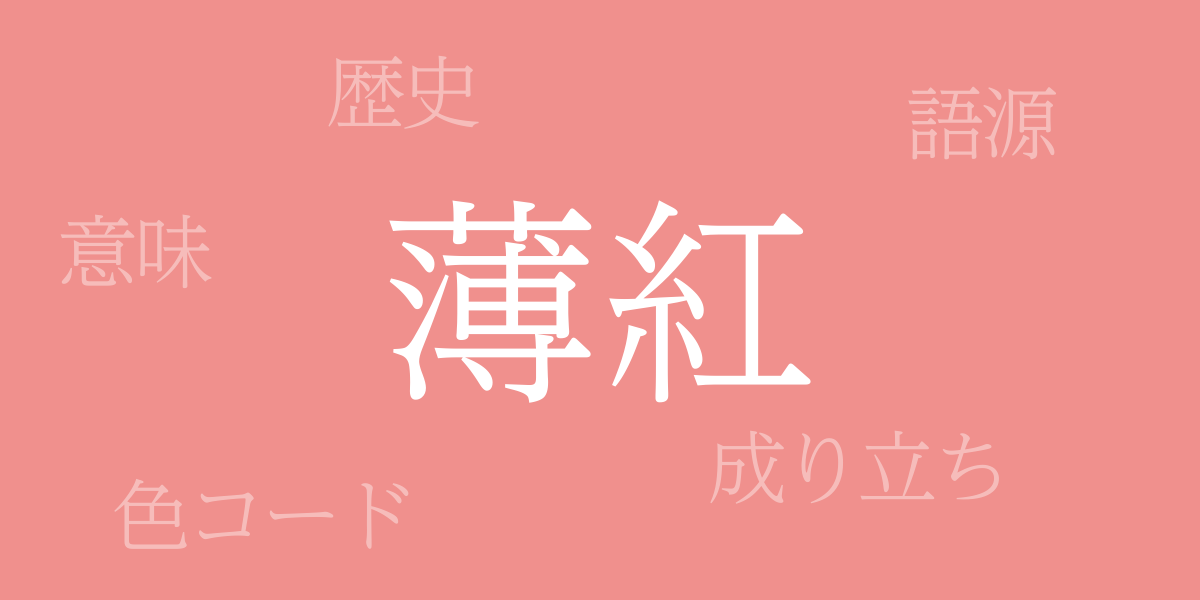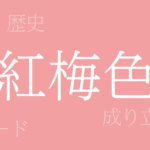Japan’s seasons are renowned for their rich palette of colors, each bringing its unique hues to the fore. Among these, the delicate and elegant “Usukurenai (うすくれない)” has a storied history as a traditional Japanese color, holding a special place in culture, art, and fashion. This article explores the allure of Usukurenai, examining how this shade has seamlessly integrated into Japanese culture.
About Usukurenai (うすくれない)
Usukurenai (うすくれない) literally means a light crimson. It is characterized by a gentle pink reminiscent of cherry blossom petals, often seen in Japan’s natural landscape and traditional crafts. This color conveys modesty yet warmth, epitomizing the Japanese aesthetic and has been passed down through generations as a symbol of beauty.
History of Usukurenai
Usukurenai has been beloved in Japan since the Heian period. The nobility cherished the changing seasons and incorporated inspirations from natural landscapes into their attire and architecture. Especially in spring, when the cherry blossoms bloom, Usukurenai frequently appears in classical literature and paintings, deeply entwined with the Japanese psyche.
Color Codes for Usukurenai
To replicate Usukurenai in digital designs and web developments, accurate color codes are essential.
- HEX: #F0908D
- RGB: R:240 G:144 B:141
- CMYK: C:5 M:56 Y:36 K:0
Western Name for Usukurenai
The Western equivalent for Usukurenai is often ‘Light Pink’ or ‘Pale Pink.’ Globally, this color is recognized for conveying gentleness and softness, not only representing a uniquely Japanese shade but also symbolizing a universal aesthetic of beauty.
Summary of Usukurenai
Usukurenai, deeply rooted in Japan’s natural and cultural landscape, has long soothed and stimulated the sensibilities of people. It continues to be cherished in fashion, design, and art today, with its appeal undiminished by time. Even in the digital age, this beautiful shade continues to inspire and move people worldwide.

























